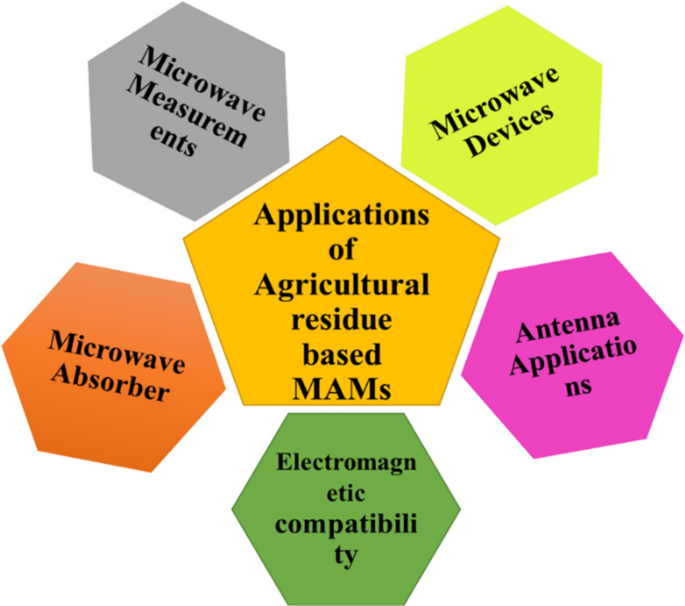Introduction
Microwave energy is a critical component in many industries, including aerospace, automotive, and medical. Microwave absorbers are used to control the energy emitted from a magnetron by converting electrical power into heat that is dissipated within the material itself. This prevents thermal damage to sensitive components or surfaces. It’s important to choose the right absorber for your application if you want it to perform well over time and at various operating temperatures.
What is a microwave absorber?
A microwave absorber is a material that absorbs microwave radiation. It is used to reduce unwanted reflections and interference from the surface of an object, allowing you to get better performance from your equipment. Microwave absorbers are most commonly used as part of radar systems, but they can also be used in other applications such as satellite communications or radio astronomy.
Microwave Absorbers vs Microwave Absorption: What’s the Difference?
What Is an Effective Way To Reduce Reflection And Interference From Your Device?
Why use a microwave absorber?
There are many reasons why you should consider using a microwave absorber. One of the most common applications is to reduce electromagnetic interference (EMI), which can cause problems with your equipment and affect its performance.
Another use is to shield against EMI, which means that the device acts as a barrier between your product and outside interference sources. This can be useful if you need to make sure that there’s no outside interference with your electronics or other products that use electricity or radio waves. In addition, some types of absorbers can be used for protection against specific frequencies within certain ranges–for example, if you want something that will block only certain types of signals within a certain range but allow others through freely without affecting them at all!
How to choose a microwave absorber.
- Choose a microwave absorber with the right frequency range.
- Choose a microwave absorber with the right absorption coefficient.
- Choose a microwave absorber that is the right size and shape for your application. If you are looking to cover an area, you should consider how much surface area of your object will be exposed to microwaves as opposed to being covered by the material itself. This will determine how much material you will need to purchase as well as its cost impact on your project budgeting process.
- Finally, be sure that it has an appropriate dielectric constant (or “permittivity”) so that it won’t interfere with other components in close proximity during operation; this is especially important when designing enclosures or enclosing equipment during testing phases where dielectric constants should match closely between materials used together within one unit’s housing frame structure!
Choosing the right microwave absorber is important, but it’s not always easy.
Choosing the right microwave absorber is important, but it’s not always easy. Choosing the wrong material can lead to expensive mistakes and wasted time. The first step in choosing an absorber is understanding why you need one, what your application will be and how it relates to your environment.
Once these questions have been answered, you can move on to researching different materials that might work for your project. The next step is testing those materials and determining which one will provide optimal performance for your application (or applications).
Conclusion
If you’re looking to use microwave energy in your application, we hope that this article has helped you better understand how to choose the right absorber for your needs. It’s important to know what type of material works best for each situation and what features might be missing from less expensive models. We recommend reading through our guide before making any decisions about which product will work best for your situation.

